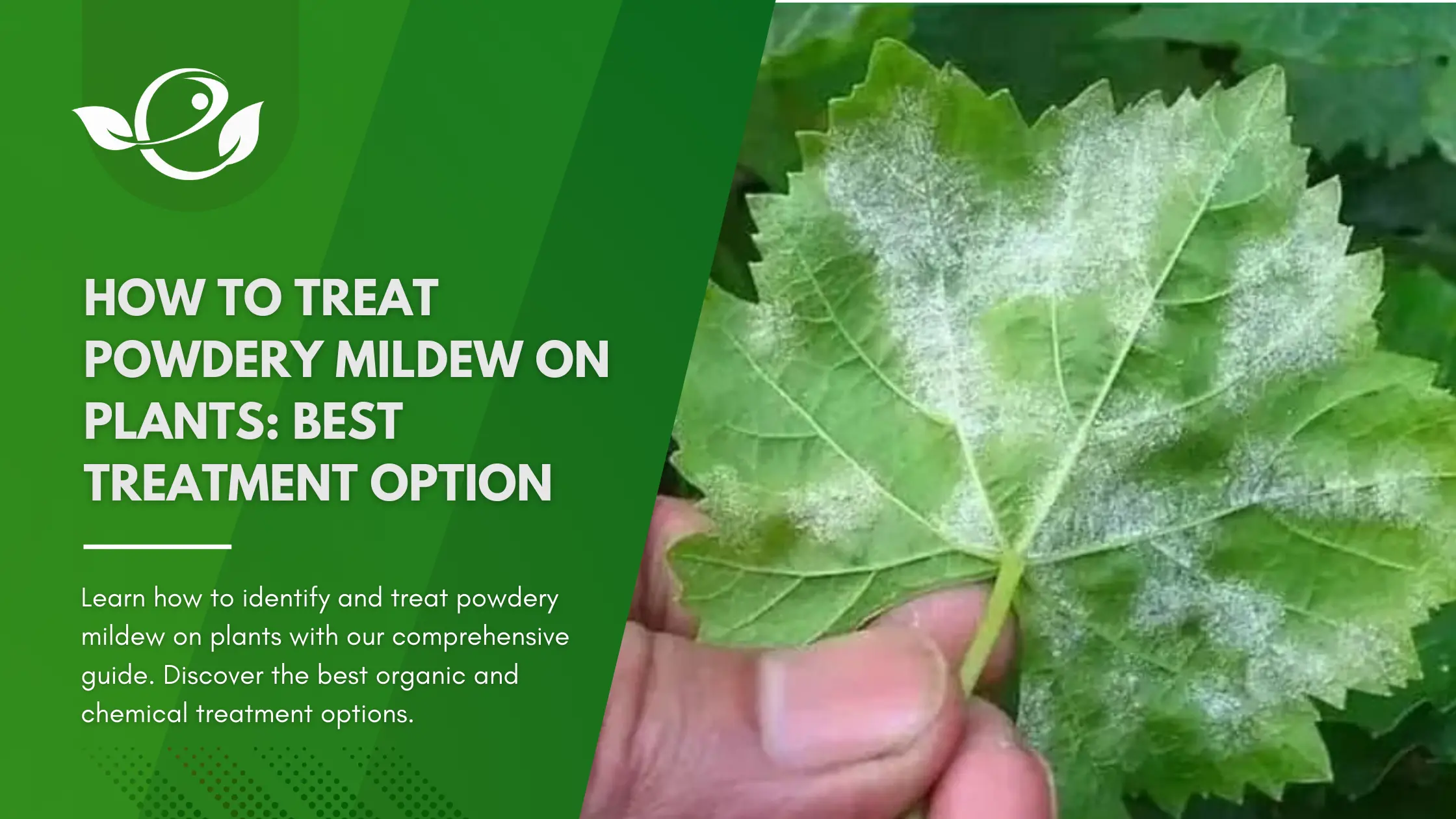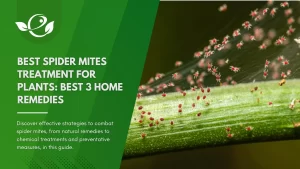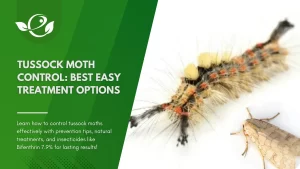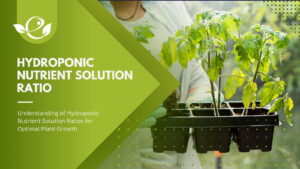Table of Contents
Powdery mildew is a common and widespread fungal disease that can affect a variety of plants, from ornamentals and vegetables to fruit trees and vines. It is easily recognizable by the white or grayish powdery spots that appear on the surfaces of leaves, stems, and buds. These spots are actually masses of fungal spores that can be spread by wind, water, insects, and even gardeners themselves.
One of the distinguishing features of powdery mildew, compared to other fungal diseases, is that it does not require wet conditions to thrive. Instead, it prefers warm, dry climates and can develop rapidly in high-humidity environments with poor air circulation. This makes it a prevalent issue in both home gardens and commercial agricultural settings, where it can cause significant damage if not properly managed.
The disease is caused by several different species of fungi, each of which tends to specialize in certain host plants. However, the symptoms and treatment methods for these various species are quite similar. Powdery mildew can weaken plants by reducing their photosynthetic ability, leading to stunted growth, distorted leaves, and, in severe cases, the death of the plant.
The purpose of this guide is to provide a comprehensive overview of the best treatment options for powdery mildew. From identification and prevention to organic and chemical treatments, this guide will equip you with the knowledge needed to effectively manage and eradicate powdery mildew in your garden or farm.
Identifying Powdery Mildew
A. Common Plants Affected
Powdery mildew affects a broad spectrum of plants. Some of the most commonly affected include: Capsicum & Chilli , Roses, Cucumbers, Grapes, Squash, Apples, Lilacs, Zinnias
B. Signs and Symptoms
Early identification is crucial for effective treatment. The common symptoms include:
- White, Powdery Spots: The first symptoms are powdery, whitish spots on the underside of the leaves and yellow spots of varying intensity on the upper side. Later on, the whitish, powdery spots may also develop on the upper side. As the disease progresses, infected parts shrivel, leaves fall off and plants might die. Also, these appear on stems and buds.
- Yellowing or Browning of Leaves: Infected leaves may turn yellow or brown.
- Stunted Growth: Affected plants may exhibit stunted growth and distorted leaves.
- Premature Leaf Drop: Leaves may drop prematurely, leading to further plant stress.
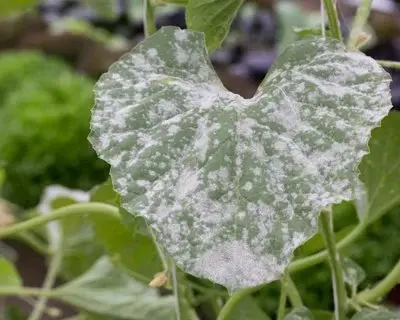
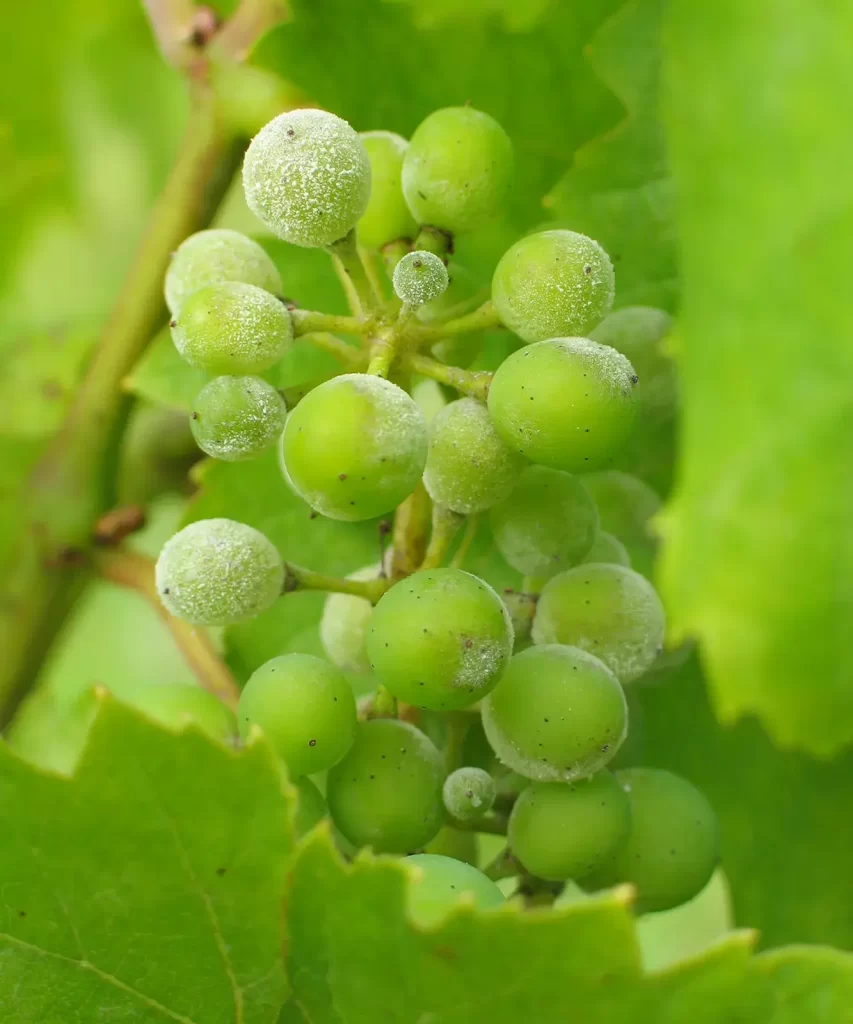
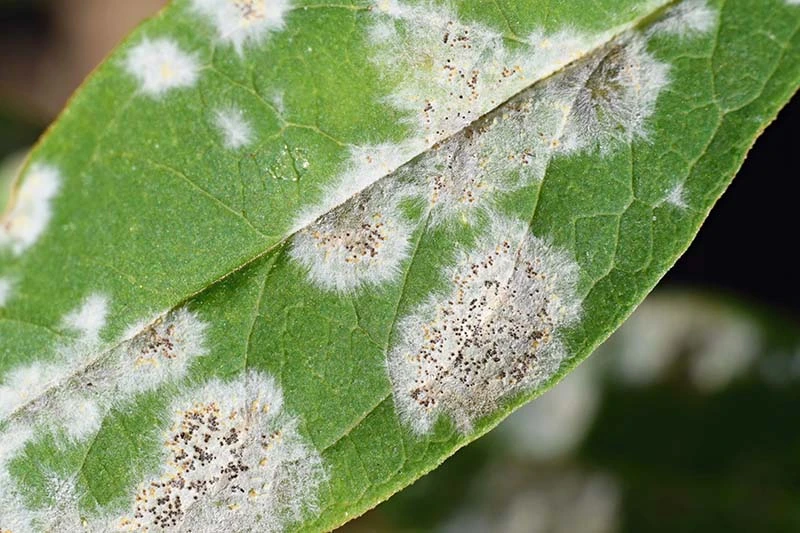
Causes and Conditions for Powdery Mildew Development
Fungal spores overwinter inside leaf buds and other plant debris. Wind, water and insects transmit the spores to nearby plants. Even though it is a fungus, powdery mildew can develop rather normally in dry conditions. It survives at temperatures between 10-12°C, but optimal conditions are found at 30°C. In contrast to downy mildew, small amounts of rainfall and regular morning dew accelerate the spreading of powdery mildew.
A. Fungal Pathogens Responsible
Powdery mildew is caused by several species of fungi, including:
- Erysiphe spp.
- Sphaerotheca spp.
- Podosphaera spp.
- Leveillula spp
- Microsphaera spp
Each species tends to specialize in certain host plants, but their life cycles and treatment methods are similar.
B. Environmental Factors
It thrives under specific environmental conditions, such as:
- Moderate Temperatures: Typically between 60-80°F (15-27°C).
- High Humidity: Particularly during nighttime.
- Poor Air Circulation: Dense foliage and overcrowding can create ideal conditions.
- Shaded Areas: Limited sunlight can encourage mildew growth.
C. Plant Stress Factors
Plants under stress are more susceptible to powdery mildew. Common stress factors include:
- Overwatering or Underwatering: Imbalanced watering practices can weaken plants.
- Nutrient Deficiencies or Imbalances: Lack of essential nutrients can make plants more vulnerable.
- Physical Damage to Plants: Injured plants are more prone to infections.
- Transplant Shock: Newly transplanted plants may be more susceptible.
Preventative Measures
A. Choosing Resistant Plant Varieties
Selecting plant varieties that are resistant to powdery mildew is one of the most effective preventive measures. Some resistant cultivars include:
- Roses: ‘Knock Out’ series
- Cucumbers: ‘Marketmore 76’
- Squash: ‘Sunglo’
B. Proper Planting Techniques
Proper planting techniques can significantly reduce the risk of powdery mildew. Key strategies include:
- Spacing: Ensure adequate spacing between plants to improve air circulation.
- Pruning: Regularly prune dense foliage to allow light and air to penetrate.
- Watering: Avoid overhead watering; instead, use drip irrigation or water at the base of plants to keep foliage dry.
C. Soil and Nutrient Management
Healthy soil and proper nutrient management are essential for preventing this fungus. Tips include:
- Balanced Fertilization: Use a balanced fertilizer to ensure plants receive essential nutrients.
- Mulching: Apply mulch around plants to maintain soil moisture and temperature.
- Soil Amendments: Incorporate organic matter, such as compost, to improve soil structure and drainage.
D. Other Techniques
- Remove infected leaves when the first spots appear.
- Do not touch healthy plants after touching infected plants..
- In some cases, crop rotation works.
- Fertilize with a balanced nutrient supply.
- Avoid extreme temperature changes.
- Plow in or remove plant residues after harvest.
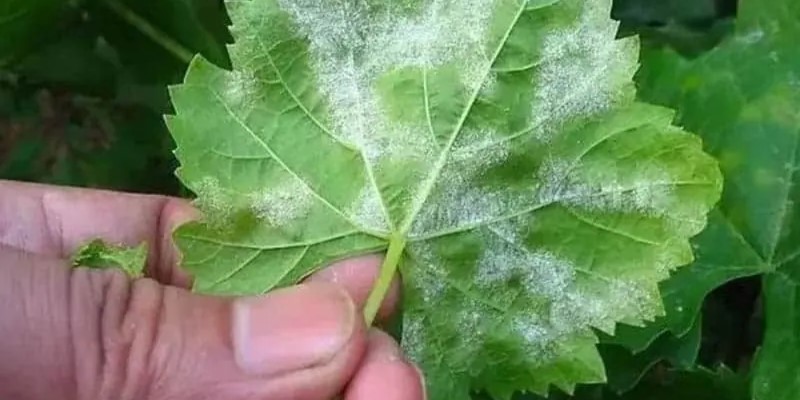
Organic Treatment Options
A. Homemade Remedies
- Baking Soda Solution: Mix 1 tablespoon of baking soda with 1/2 teaspoon of liquid soap in 1 gallon (3.78541 L) of water. Spray the solution on affected plants weekly.
- Milk Spray: Dilute milk with water (1:9 ratio) and spray on plants every 7-10 days.
- Neem Oil: Mix neem oil with water according to the product label and apply to plants.
- The types of powdery mildew differ according to the host, and these solutions may not be effective for all types. If no improvement is observed, try garlic or sodium bicarbonate solutions.
B. Biological Controls
- Beneficial Fungi and Bacteria: Products containing Trichoderma or Bacillus subtilis can suppress powdery mildew.
- Companion Planting: Planting certain species together can help reduce the incidence of powdery mildew. For example, planting chives near roses can provide some protection.
C. Organic Fungicides
- Sulfur-based Products: Sulfur can prevent and control powdery mildew. Apply according to label instructions.
- Potassium Bicarbonate: Effective at eradicating powdery mildew upon contact. Follow product guidelines for application.
Chemical Treatment Options
Always consider an integrated approach with preventive measures together with biological treatments if available. Because a large number of crops are susceptible to powdery mildew, it is difficult to recommend a specific chemical treatment. Fungicides based on wettable sulphur, triflumizole, and myclobutanil, seem to control the growth of the fungus in some crops.
Product recommendations are based on the following active ingredients:
- Tebuconazole 50.0%, Trifloxystrobin 25.0% WG;
- Myclobutanil 10.0% WP;
- Tebuconazole 25.9% EC;
- Tebuconazole 38.39% SC;
Pros and Cons of Chemical Treatments
Pros:
- Highly effective in severe cases
- Quick action and long-lasting protection
Cons:
- Potential environmental impact
- Risk of developing resistant fungal strains
- Residue concerns on edible plants
Integrated Pest Management (IPM) Approach
A. Combining Methods for Best Results
Integrated Pest Management (IPM) combines various methods to manage this fungus sustainably:
- Preventative Measures: Implement cultural practices to reduce disease pressure.
- Curative Measures: Use organic and chemical treatments as needed.
- Monitoring: Regularly inspect plants for early signs of powdery mildew.
B. Sustainable Practices
Adopting sustainable practices can help manage powdery mildew without over-relying on chemicals:
- Reducing Chemical Use: Prioritize organic treatments and only use chemicals when necessary.
- Encouraging Natural Predators: Promote beneficial insects and organisms in the garden.
Conclusion
Taking a proactive approach to managing powdery mildew is essential for maintaining the health and productivity of your garden or agricultural plants. Regular monitoring and early detection are the first lines of defence. By inspecting your plants regularly, you can catch the disease early and begin treatment before it spreads extensively. Implementing proper cultural practices, such as ensuring adequate spacing between plants, proper pruning, and appropriate watering techniques, can create an environment less conducive to powdery mildew development. Choosing resistant plant varieties can also significantly reduce the risk of infection.
When it comes to treatment, a combination of methods is often the most effective strategy. Organic treatments, such as homemade remedies, biological controls, and organic fungicides, can be highly effective, especially when used consistently and as part of an integrated approach. In cases where organic methods are insufficient, synthetic fungicides can provide the necessary control, but it is important to use them responsibly to minimize environmental impact and avoid resistance development.
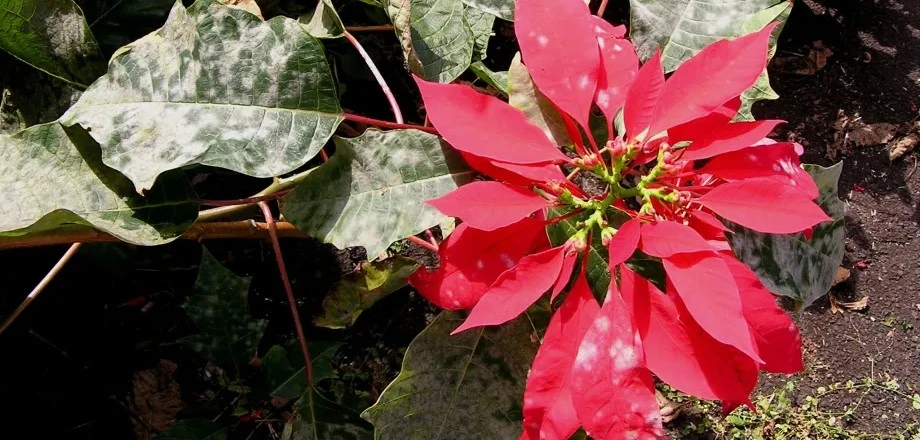
FAQ
Can powdery mildew spread to other plants?
Yes, it can spread to other plants. It is highly contagious and can quickly infect nearby plants through airborne spores, direct contact, and contaminated gardening tools or equipment. Ensuring proper spacing and air circulation among plants can help reduce the spread of this disease.
How powdery mildew spread?
Powdery mildew spreads primarily through airborne spores that are released from infected plant tissue. These spores can travel short and long distances, infecting other plants in the vicinity. The disease can also spread through direct contact between plants and by gardeners’ hands, tools, or clothing. High humidity and moderate temperatures are ideal conditions for spore germination and disease spread.
what kills powdery mildew instantly?
Potassium bicarbonate is known to kill powdery mildew on contact. It is a commonly used organic fungicide that disrupts the fungal cell wall, leading to the immediate death of the pathogen. Other effective treatments include neem oil and sulfur-based fungicides, which can eradicate powdery mildew when applied correctly.
when does powdery mildew occur?
Powdery mildew typically occurs during periods of moderate temperatures (60-80°F or 15-27°C) and high humidity, especially at night. It can thrive in both dry and humid climates and is often more prevalent in shaded areas with poor air circulation. The disease can occur throughout the growing season but is particularly common during late spring and early summer.
Does soapy water help powdery mildew?
Yes, soapy water can help manage powdery mildew. A solution of water mixed with a few drops of liquid soap can act as a mild fungicide, helping to wash away the mildew spores and reduce their spread. However, it is generally more effective when combined with other treatments like baking soda or neem oil.
Which fungicide is best for powdery mildew?
The best fungicide for powdery mildew depends on the severity of the infection and whether you prefer organic or synthetic options. For organic solutions, neem oil and sulfur-based fungicides are highly effective. For more severe cases, synthetic fungicides containing myclobutanil, trifloxystrobin, or propiconazole are recommended. Always follow the product label instructions and rotate fungicides to prevent resistance.
Is powdery mildew harmful?
While powdery mildew is not typically harmful to humans, it can be highly detrimental to plants. It can stunt plant growth, reduce yields, and lead to the premature death of the plant if left untreated. In severe cases, it can cause significant economic losses in agricultural settings. For some people with allergies or respiratory issues, exposure to large amounts of mildew spores might trigger symptoms, but this is rare.
What can I use to clean white fungus?
To clean white fungus, such as powdery mildew, from plants, you can use the following solutions:
Baking Soda Solution: Mix 1 tablespoon of baking soda with 1/2 teaspoon of liquid soap in 1 gallon of water. Spray the affected areas.
Milk Spray: Dilute milk with water in a 1:9 ratio and spray on the infected parts of the plant.
Neem Oil: Follow the product label instructions for dilution and application.
Potassium Bicarbonate: Use as per product instructions for an effective contact fungicide.
For non-plant surfaces, a mixture of water and vinegar or a mild bleach solution can help remove fungal growth. Always test a small area first to ensure there is no damage.
What fertilizer is good for powdery mildew?
While no fertilizer can directly combat powdery mildew, maintaining plant health through balanced nutrition can make plants more resilient. A well-balanced, all-purpose fertilizer that provides essential nutrients like nitrogen, phosphorus, and potassium (N-P-K) is beneficial. Organic fertilizers that improve soil health, such as compost or well-rotted manure, can also support overall plant vigor and resistance to diseases. Avoid over-fertilizing with high-nitrogen fertilizers, as excessive nitrogen can encourage lush, dense foliage that is more susceptible to powdery mildew.
